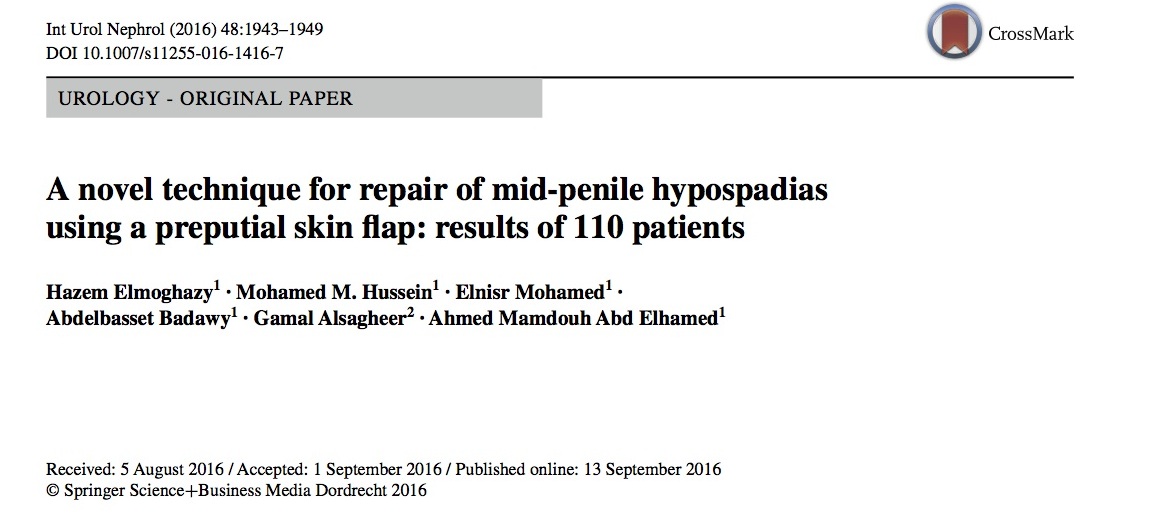Article abstract
To evaluate outcomes of adolescent varicocele in the case of surgical versus conservative management.
173 adolescent patients presenting with varicocele were evaluated clinically and sonographically to define varicocele grade and testicular volume. The patients were divided into 2 groups: A (53) with testicular size discrepancy >20% and bilateral varicoceles; B (120) unilaterally affected patients with testicular size discrepancy <20%, who were randomly allocated into 2 equal sub-groups (B1 & B2) of 60 patients. Group A & B1 patients underwent 3× loupe magnified inguinal varicocelectomy while B2 patients were conservatively managed.
Mean patient age was 14.3 years with mean testicular volume of 11.75 mL and
10.15 mL for right and left testicles, respectively. There were no significant differences between sub-groups B1 & B2 for age, mean testicular volume, size discrepancy and varicocele grade. Mean follow-up of group A & B1 patients was 78 months showing grade I varicocele recurrence (4 cases), catch-up growth in 70% of cases and normal semen analysis in all cases. Mean follow-up of group B2 patients was 79 months showing catch-up growth in 50% of cases and normal semen analysis in all but 1 case. Four cases were shifted to surgical treatment due to reduction of testicular size (2 cases), varicocele upgrade (1 case) and oligoasthenospermia (1 case). At the last follow-up, the mean testicular volume for groups A, B1 & B2 was 16.2, 16.45 & 16.3 mL for right testes and 14.7, 15.6 & 15.2 mL for left testes, respectively. There was significantly better catch-up growth in sub-group B1 compared to B2 but the testicular volume was not statistically different.
Although adolescent varicocelectomy was associated with a higher percentage of patients showing testicular catch-up growth, the mean testicular volume was not significantly different. Further studies are needed to report on paternity among those patients.
Research Topics • Diseases
Varicocele (../topic/varicocele)
Title and Abstract from MEDLINE®/PubMed®, a database of the U.S. National Library of Medicine. Data mined from MEDLINE®/PubMed®, a database of the U.S. National Library of Medicine.
Last MEDLINE®/PubMed® update: 1st of December 2015


